It seems that discussing prices has become a standard talking point for many CEOs today.
Regardless of whether a company’s earnings report is positive or negative, management almost always addresses pricing in some form during their calls.
Impact of Rising CPI on Customers

They might talk about price increases or the impact of a rising Consumer Price Index (CPI) on customers.
Sometimes, they hint at how higher prices have actually boosted profits, though most brands avoid stating this outright.
Common Economic Concerns
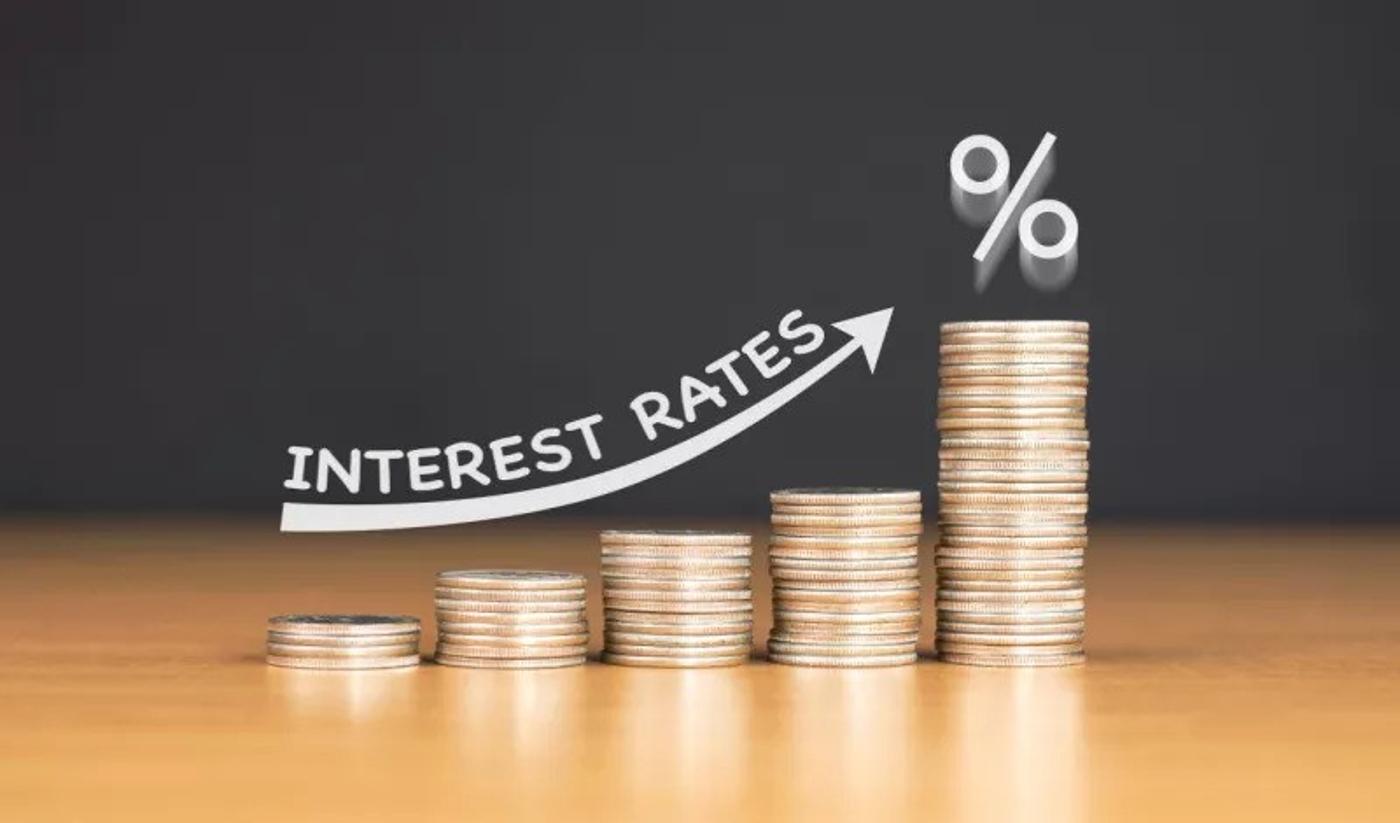
There’s often a general remark on inflation.
Additionally, higher interest rates are mentioned as a challenge in the broader economic environment.
Beyond the Usual Talking Points
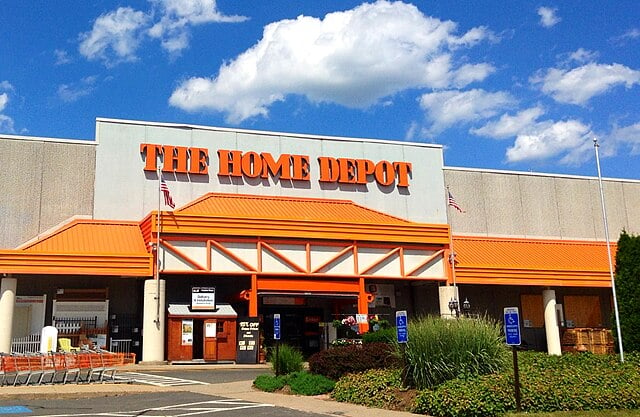
Typically, a few lines about managing price surges, improving supply chains, and working strategically with partners to better serve customers are enough to satisfy analysts and generate headlines.
However, Home Depot’s (HD) recent Q2 2024 earnings report, released on August 13, presented a more complex scenario.
Home Depot’s Economic Significance
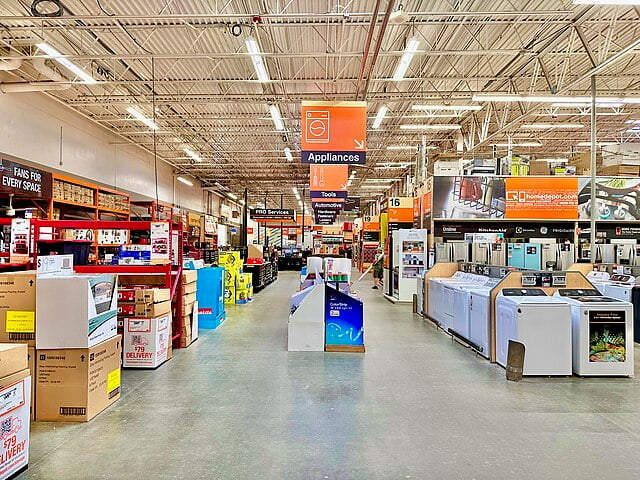
The management didn’t shy away from the pricing discussion, which has grown increasingly complicated with each passing quarter.
Home Depot is a significant indicator of the overall health of the U.S. economy.
A Deeper Insight into American Spending

Like other large retailers such as Walmart (WMT), its earnings often reflect whether Americans are cutting costs or spending more, what they are purchasing, and how they react to price hikes, which tend to increase during economic downturns.
However, Home Depot delves deeper into the American pricing experience.
Groceries vs. Discretionary Spending
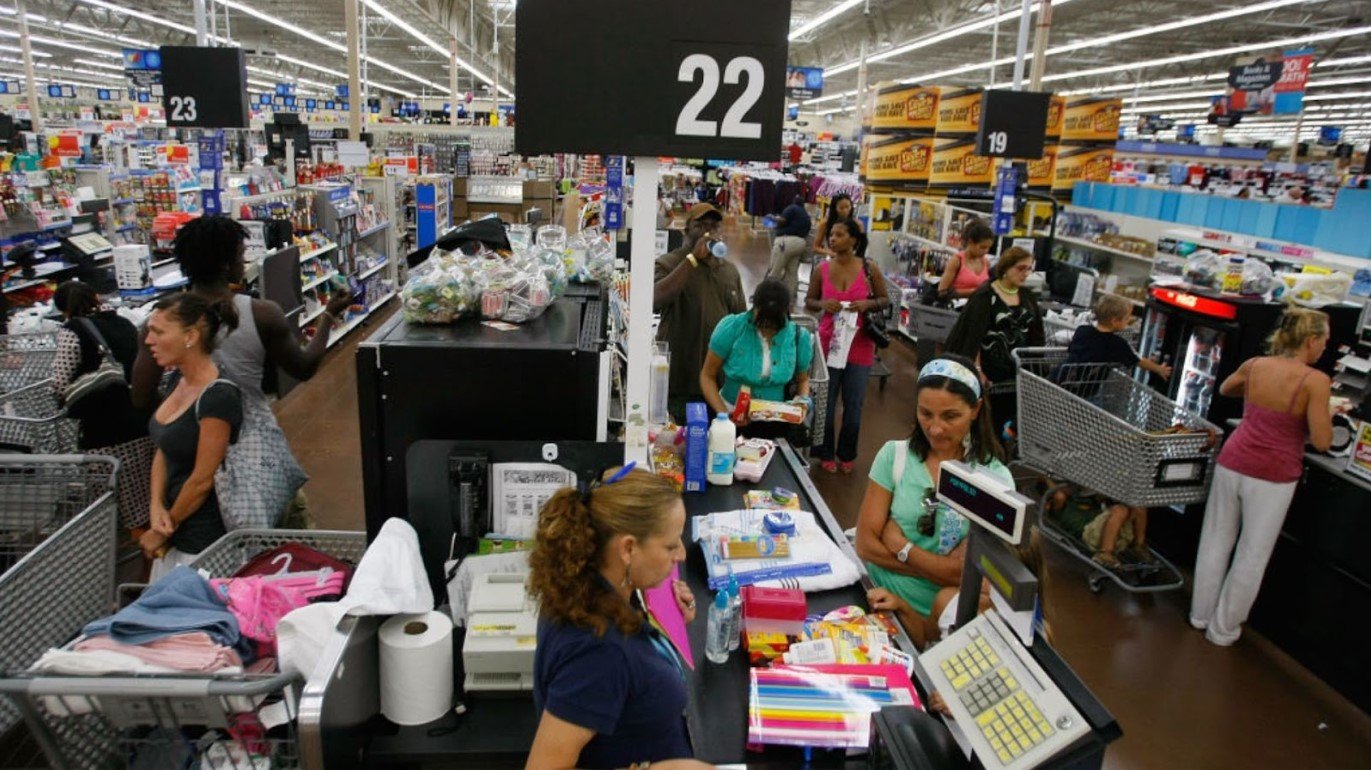
People will always need groceries, which provides Walmart some protection from economic challenges.
In contrast, Home Depot is more of a discretionary retailer, meaning consumers can choose whether to spend there depending on the economic climate.
Prioritizing Essentials

In tough times, people might delay expensive home improvement projects.
While a beautifully renovated bathroom is nice, feeding the family and paying for gas take priority during periods of high inflation and rising consumer prices.
A Nuanced View of Home Depot’s Consumer Behavior

Home Depot reported a 0.6% year-over-year revenue growth, but the numbers reveal a more nuanced picture of consumer behavior.
Comparable store sales, which reflect the performance of stores open for at least a year, declined by 3.6%, suggesting that customers may be postponing key projects at their go-to home improvement store.
CEO Insights
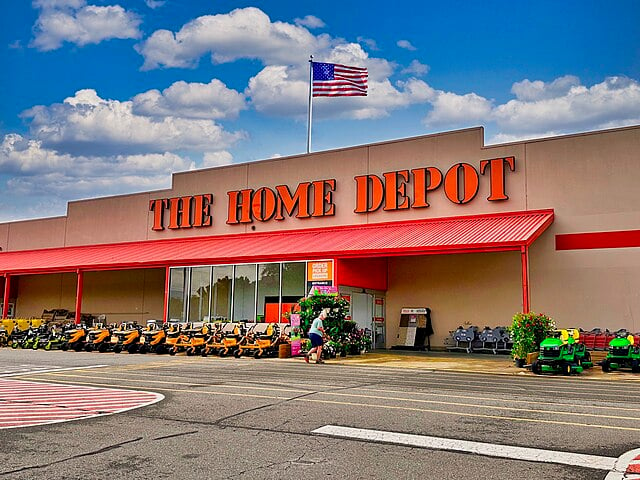
“During the quarter, higher interest rates and greater macro-economic uncertainty pressured consumer demand more broadly, resulting in weaker spend across home improvement projects,” said CEO Ted Decker during the earnings call.
When asked by an analyst about the softer demand for home improvement projects and related services like labor and contracts, Decker attributed the trend to cautious—if not outright hesitant—consumers.
Impact on Housing Market

Decker continued, “Higher interest rates started to impact the housing market and housing turnover, in particular, which is down some 40%,” Decker told the analyst.
“That’s also impacting customers’ interest in financing larger projects.”
Consumer Hesitancy

“Everyone is expecting rates are going to fall, so we’re deferring those projects,” he added.
“Inflation keeps eating away at disposable income. And I think people just took a pause as we progress through the quarter – or more of a pause because of these macro uncertainties.”








































